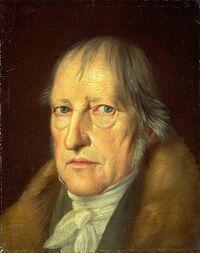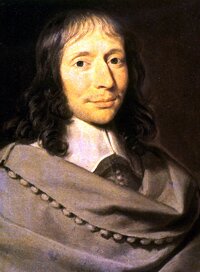 Imputation is a concept in Christian theology which proposes that righteousness of Jesus Christ satisfies all criteria necessary to share in God's grace. Those who trust in the promise that the death of Jesus Christ on the cross atones for their sins believe in this type of righteousness as opposed to imparted righteousness and sanctification. The teaching of imputed righteousness is a signature doctrine of the Lutheran and Reformed traditions of Christianity.
Imputation is a concept in Christian theology which proposes that righteousness of Jesus Christ satisfies all criteria necessary to share in God's grace. Those who trust in the promise that the death of Jesus Christ on the cross atones for their sins believe in this type of righteousness as opposed to imparted righteousness and sanctification. The teaching of imputed righteousness is a signature doctrine of the Lutheran and Reformed traditions of Christianity. The case for imputed righteousness
Imputed righteousness is the Protestant solution to a "divine predicament." On the one hand, God is infinitely merciful, "not wishing for any to perish, but for all to come to repentance." (2 Peter 3:9). On the other, God is infinitely holy and just, which means that he cannot approve of or even look upon evil (Habakkuk 1:13), neither can he justify a wicked person (Prov. 17:15). Because the Bible describes all men as sinners and says that there are none who are righteous (Rom. 3:23, 10), these two "competing" traits in God's nature appear to put him in a dilemma.
- The imputation of Adam's sin to his descendants
- The imputation of the believer's sin to Christ
- The imputation of Christ's righteousness to the believer.
More...






















